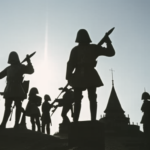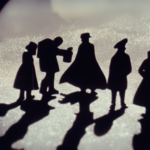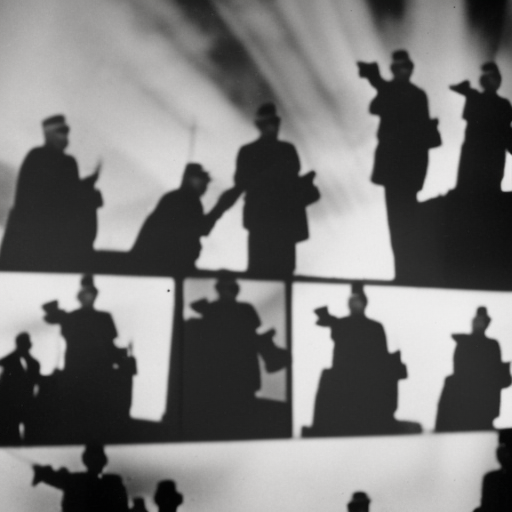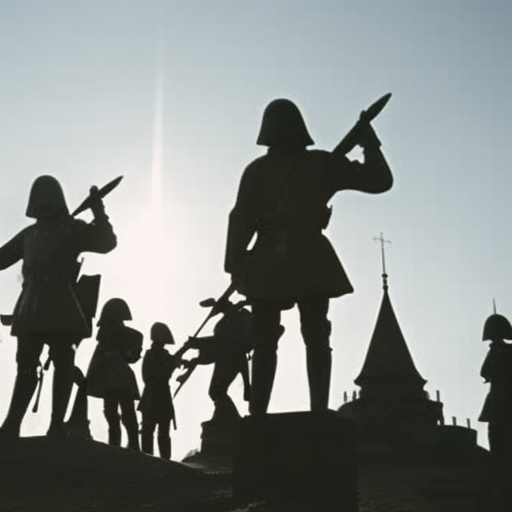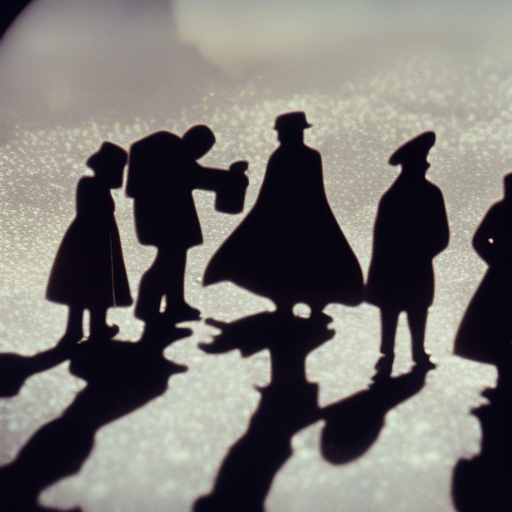Summary:
Adolf Hitler was a German politician who rose to power as the leader of the Nazi Party and became the dictator of Germany from 1933 to 1945. He is primarily known for his role in instigating World War II and his genocidal policies that led to the Holocaust.
Early Life and Rise to Power:
Adolf Hitler was born on April 20, 1889, in Braunau am Inn, Austria-Hungary. After the death of his father, Hitler moved to Vienna, where he struggled to make a living as an artist. In 1913, he moved to Munich, Germany, and when World War I broke out, he volunteered for the German army. Hitler was wounded twice and received the Iron Cross for bravery.
After the war, Hitler joined the German Workers’ Party, which later became the National Socialist German Workers’ Party (Nazi Party). He quickly rose through the ranks and became the party’s leader in 1921. Hitler’s charismatic speeches and nationalist agenda attracted a significant following, and by 1933, he was appointed as the Chancellor of Germany.
Consolidation of Power:
Once in power, Hitler implemented a series of measures to consolidate his control over Germany. He passed the Enabling Act, which gave him the authority to enact laws without the approval of the Reichstag (German parliament). Hitler also purged his political opponents through the Night of the Long Knives, in which members of the SA (Nazi paramilitary organization) were executed.
World War II:
Hitler’s aggressive foreign policies led to the outbreak of World War II in 1939. He pursued a policy of territorial expansion, annexing Austria and Czechoslovakia before invading Poland. This invasion prompted Britain and France to declare war on Germany. Hitler’s military strategy, known as Blitzkrieg, allowed Germany to quickly conquer much of Europe.
The Holocaust:
One of Hitler’s most heinous acts was the systematic persecution and extermination of millions of Jews and other minority groups. This genocide, known as the Holocaust, resulted in the deaths of approximately six million Jews. Hitler implemented a network of concentration camps where prisoners were subjected to forced labor, medical experiments, and mass killings.
Downfall and Legacy:
As the war turned against Germany, Hitler’s leadership became increasingly erratic. In 1945, as Allied forces closed in on Berlin, Hitler retreated to his bunker and married his longtime companion, Eva Braun. On April 30, 1945, Hitler and Braun committed suicide.
Adolf Hitler’s legacy is one of infamy. His actions during his time in power resulted in the deaths of millions of people and the devastation of Europe. The Holocaust remains one of the darkest chapters in human history. Hitler’s ideology of Aryan supremacy and his pursuit of Lebensraum (living space) for the German people led to immense suffering and destruction. The defeat of Nazi Germany marked the end of Hitler’s reign, but his impact on the world will forever be remembered as a cautionary tale of the dangers of unchecked power and hatred.
